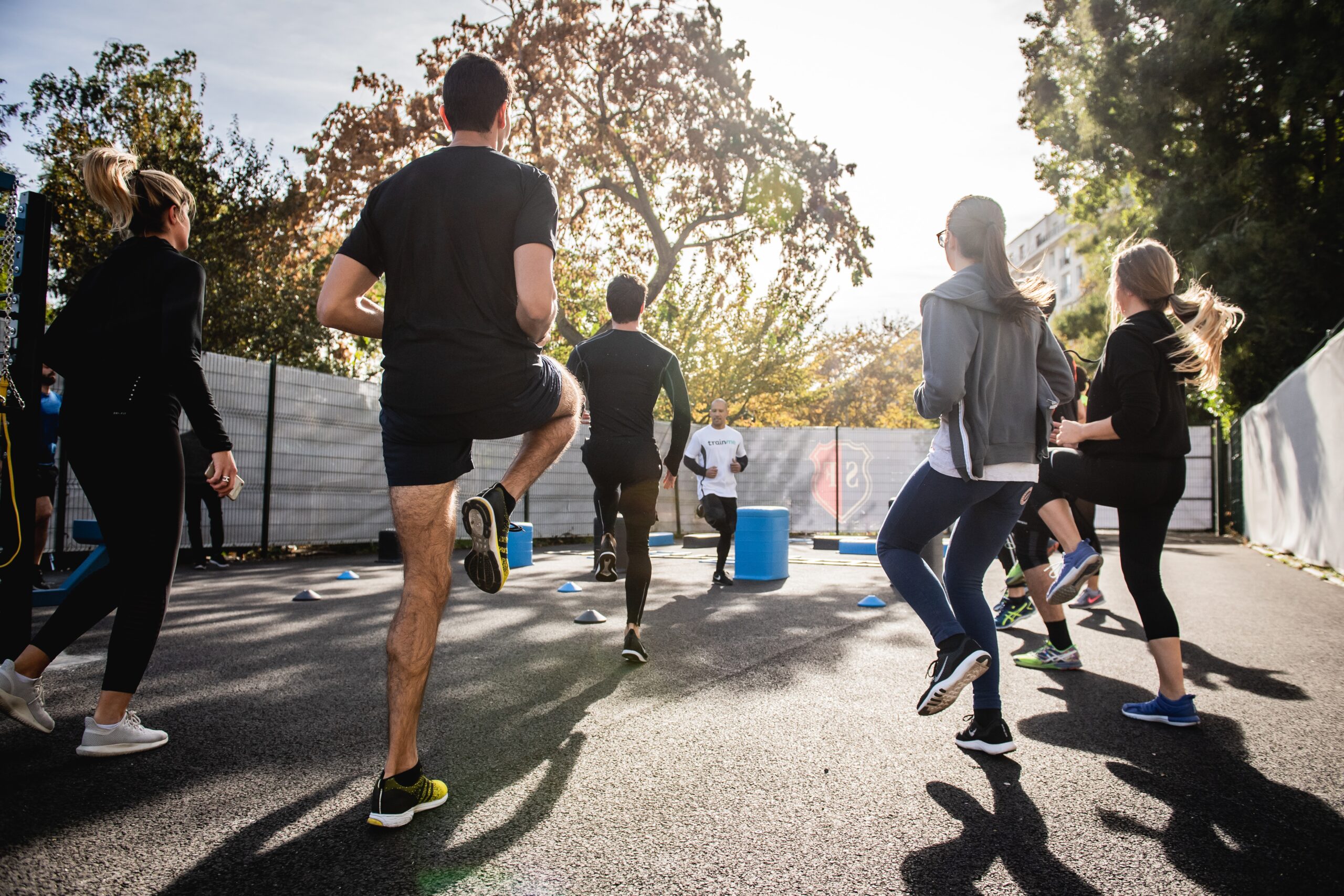Introduction
Jogging is a great way to improve your fitness level, boost your mood, and enjoy the outdoors. Whether you’re looking to lose weight or simply want to incorporate more physical activity into your daily routine, jogging is an excellent choice. But if you’re new to running, it’s important to start slowly and gradually increase your distance and intensity to avoid injury. In this blog post, we’ll provide you with some tips on how to start jogging as a beginner.
1. Get the Right Gear
Before you hit the pavement, make sure you have the right gear. Invest in a good pair of running shoes that provide proper support and cushioning. Wearing comfortable and breathable clothing will also make your jogging experience more enjoyable.
2. Start with Walking
If you’re not used to regular exercise, it’s a good idea to start with walking. Begin by walking for 10-15 minutes at a brisk pace. As you become more comfortable, gradually increase the duration and intensity of your walks.
3. Set Realistic Goals
When starting out, it’s important to set realistic goals. Instead of aiming to run a marathon right away, focus on small milestones. For example, aim to jog for 5 minutes without stopping, then gradually increase your jogging time.
4. Follow a Training Plan
Following a training plan can help you stay motivated and track your progress. Look for beginner jogging programs online or consider using a running app that provides training plans tailored to your fitness level.
5. Listen to Your Body
Pay attention to how your body feels during and after jogging. It’s normal to experience some muscle soreness, but if you feel any sharp pain or discomfort, take a break and allow your body to rest and recover.
6. Warm Up and Cool Down
Before each jogging session, take a few minutes to warm up your muscles with dynamic stretches or a brisk walk. After your jog, cool down by walking and stretching to prevent muscle stiffness and reduce the risk of injury.
7. Stay Hydrated
Drink plenty of water before, during, and after your jogging sessions to stay hydrated. Dehydration can lead to fatigue and muscle cramps, so it’s important to replenish your fluids.
8. Find a Jogging Buddy
Jogging with a friend or joining a running group can make your jogging experience more enjoyable and help you stay motivated. Having a jogging buddy can also provide an extra level of safety, especially if you’re jogging in unfamiliar areas.
9. Be Consistent
Consistency is key when it comes to jogging. Aim to jog at least three times a week to build endurance and see progress. Remember, every jog counts, no matter how short or slow.
Conclusion
Jogging is a fantastic way to improve your fitness and overall well-being. By following these tips and starting slowly, you’ll be well on your way to becoming a confident jogger. Remember to listen to your body, set realistic goals, and stay consistent. Happy jogging!





